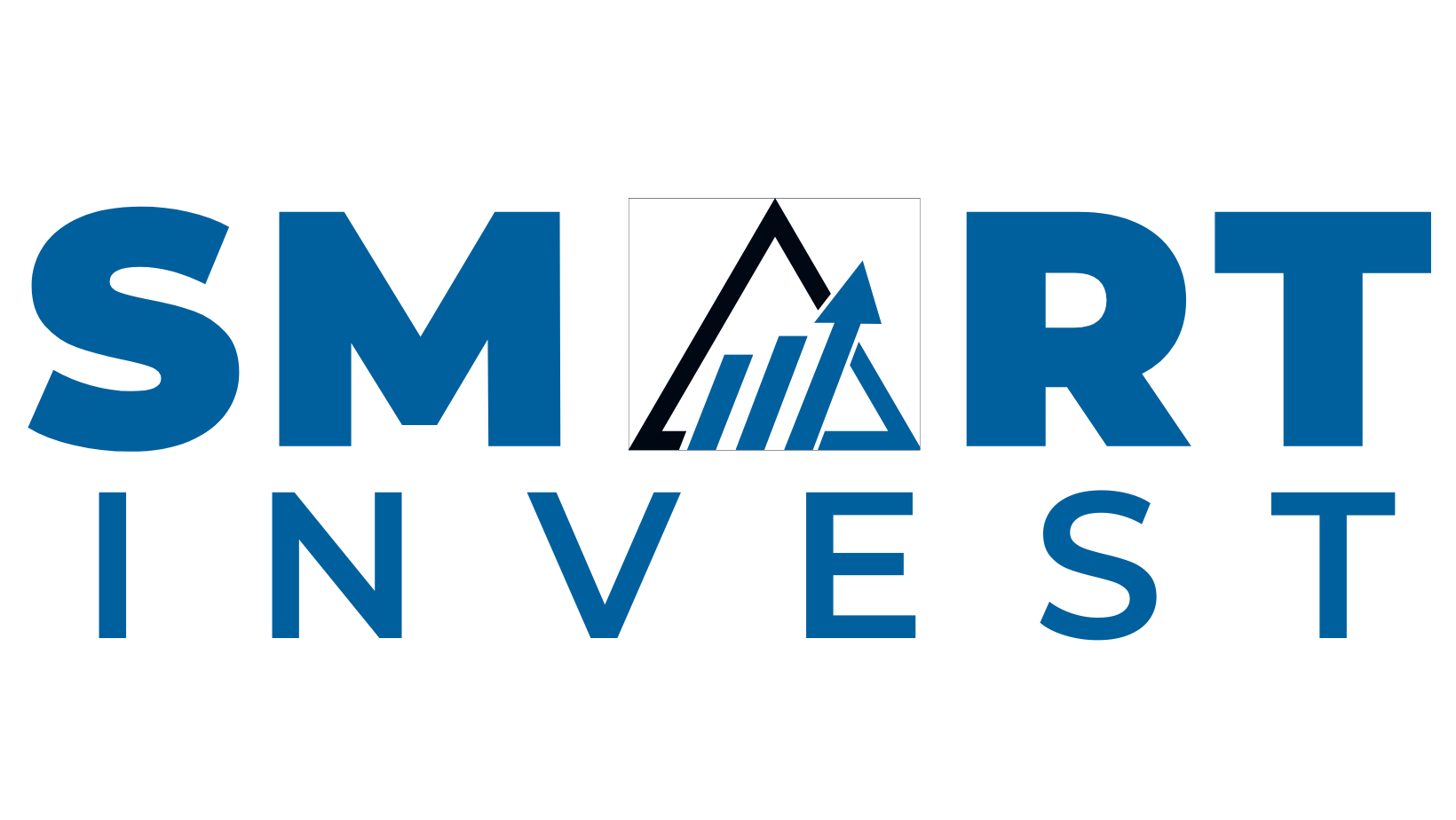Welcome to our website’s blog! Today, we delve into the intriguing world of fractional investing in debt-secured real estate, comparing it with other investment options in India. Let’s explore this fascinating investment avenue and how it stacks up against traditional and alternative choices.
What is Fractional Investing in Debt-Secured Real Estate?
*Fractional investing* offers a unique opportunity for investors to own a portion of a property, making real estate investment more accessible. When this is combined with *debt-secured* real estate, it adds an extra layer of security. Here’s a breakdown:
*Fractional Investing*: Investors pool their funds to purchase a share of a property, allowing them to benefit from rental income and potential appreciation.
– *Debt-Secured Real Estate*: In this scenario, the property serves as collateral for a loan, providing security for investors. If the borrower defaults, the property can be sold to recover the investment.
#### Advantages of Fractional Investing in Debt-Secured Real Estate
1. *Lower Entry Barrier*: Investors can enter the real estate market with a smaller investment, spreading risk across multiple properties.
2. *Diversification*: By owning fractions of different properties, investors diversify their portfolio, reducing risk.
3. *Steady Returns*: Rental income from the property provides a steady stream of income, especially if the property is in a high-demand area.
4. *Collateral Security*: The property backing the investment provides a safety net, reducing the risk of capital loss.
Comparing with Other Investment Options in India
##### 1. *Traditional Real Estate Investment*
– *Pros*:
– Full ownership and control of the property.
– Potential for higher returns if property value appreciates significantly.
– *Cons*:
– High entry costs, including down payment and maintenance.
– Illiquid asset, not easy to sell quickly.
2. *Stock Market Investment*
*Pros*:
– High liquidity, easy to buy and sell.
– Diversification through stocks in various sectors.
– *Cons*:
– Volatility, subject to market fluctuations.
– Lack of tangible asset ownership.
##### 3. *Fixed Deposits/Bonds*
– *Pros*:
– Low risk, especially with government bonds.
– Fixed returns, providing stability.
– *Cons*:
– Relatively low returns compared to other options.
– Doesn’t beat inflation in many cases.
4. *Gold/Commodities*
– *Pros*:
– Hedge against inflation.
– Tangible asset ownership.
– *Cons*:
– Limited income generation, mostly relies on price appreciation.
– Storage and security concerns.
#### Conclusion
Fractional investing in debt-secured real estate offers a compelling mix of steady income, lower entry barriers, and collateral security. While it’s not without risks, especially in market downturns, it can be a valuable addition to an investor’s portfolio.
Before making any investment decisions, it’s crucial to assess your risk tolerance, investment goals, and consult with financial advisors if needed. Each investment avenue has its pros and cons, and the right choice depends on individual circumstances and preferences.
Stay tuned for more insights into the dynamic world of investment opportunities!




